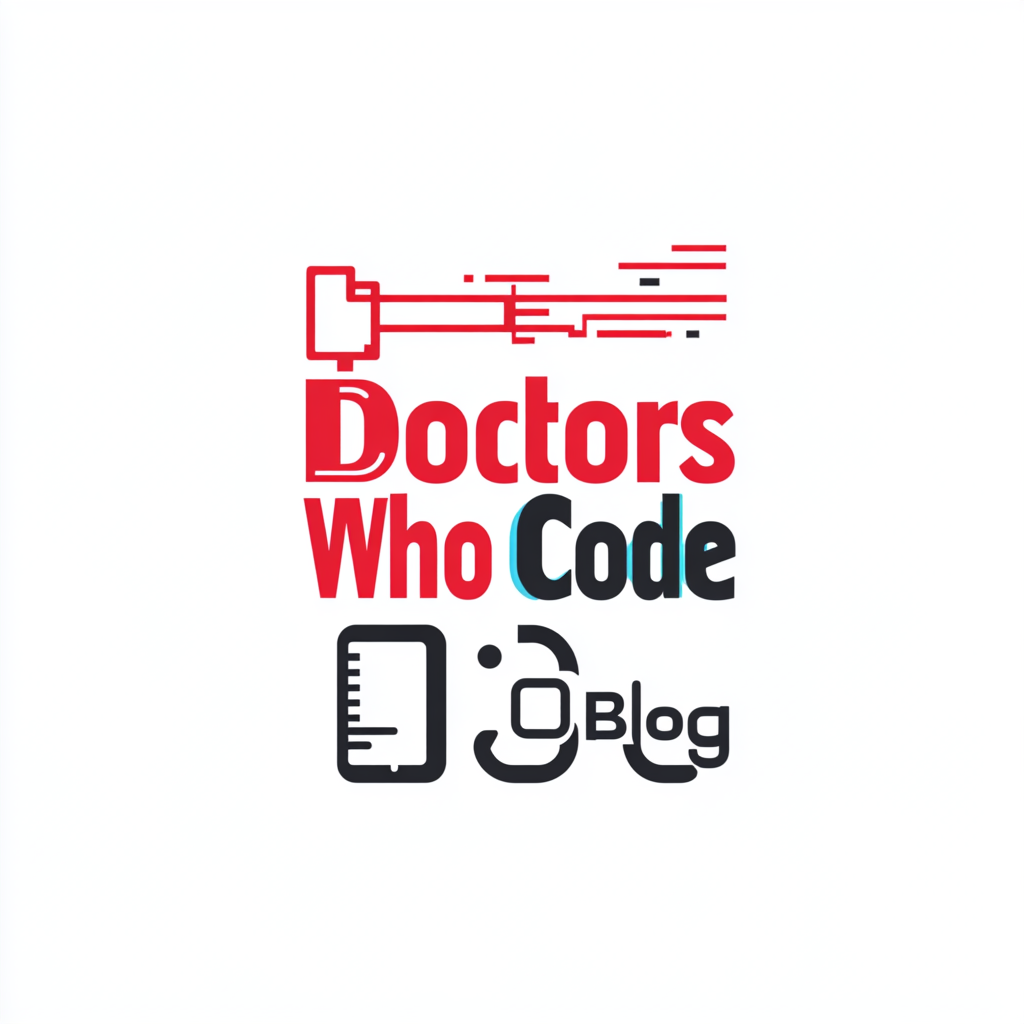DEEP DIVE PODCAST:
How Deep Learning is Turning Routine Eye Exams into Life-Saving Screens
Imagine walking into a clinic for a routine prenatal check-up. Instead of just the usual measurements, you have a simple photograph taken of the back of your eye. Minutes later, you get a powerful glimpse into your pregnancy’s future, potentially identifying a serious risk long before any symptoms show. This isn’t science fiction. Thanks to breakthroughs in artificial intelligence (AI) and deep learning, your eyes could soon become a key tool in predicting life-threatening conditions like preeclampsia.
For doctors and coders pushing the boundaries of medical technology, this represents a bold step forward in preventive healthcare. For expectant mothers, it offers the potential for profound peace of mind — achieved without the needles, high costs, or complex logistics often associated with advanced diagnostic tests.
Welcome to the future of prenatal care.
The Silent Danger of Preeclampsia
Preeclampsia is a serious pregnancy complication characterized by high blood pressure and potential damage to other organ1 systems, often the kidneys or liver. It typically occurs after 20 weeks of gestation in women whose blood pressure had previously been normal. If left undetected or poorly managed, preeclampsia can lead to severe, even fatal, complications for both mother and baby, including seizures (eclampsia), stroke, organ damage, preterm birth, and restricted fetal growth.
One of the biggest challenges with preeclampsia is predicting who will develop it. Traditional methods often rely on a combination of maternal history, blood tests, and Doppler ultrasound. However, these methods can be invasive, expensive, require specialized equipment and personnel, and are often inaccessible for many women, particularly those in low-resource settings around the globe where maternal mortality rates are tragically high. This gap in accessible, early prediction highlights the urgent need for innovative solutions.
The Breakthrough: Eye Scans as Early Warning Signals
The eye offers a unique, non-invasive window into the body’s vascular health. The tiny blood vessels in the retina can reflect systemic changes happening elsewhere in the body. Researchers have discovered that subtle changes in these retinal blood vessels – such as alterations in their width, branching patterns, or tortuosity (how twisty they are) – can occur in pregnant women who later develop preeclampsia.
Crucially, these changes often manifest before the classic symptoms of high blood pressure or protein in the urine appear. While ophthalmologists have traditionally examined the eyes of pregnant women after a preeclampsia diagnosis to check for related complications like retinal swelling or detachment, the new frontier is using AI to analyze retinal images proactively, spotting these predictive microvascular changes at the earliest possible stage.
The Technology Behind the Magic: PROMPT
Leading this charge is a novel AI-powered model known as PROMPT (Preeclampsia Risk stratification via Ocular Measures and Predictive Traits). This sophisticated deep learning system doesn’t just look at one piece of the puzzle; it integrates multiple data points for a more holistic assessment:
- Maternal Risk Factors: Incorporates known risk factors from a patient’s history (e.g., previous preeclampsia, chronic hypertension, obesity, age).
- Retinal Image Analysis: Uses AI to analyze a digital photograph of the retina, quantifying specific vascular parameters like vessel tortuosity and the artery-to-vein ratio (AVR).
- Mean Arterial Pressure (MAP): Includes a standard blood pressure measurement.
By combining these elements, PROMPT achieved remarkable predictive accuracy in research settings. Studies showed an Area Under the Curve (AUC) of 0.87 for predicting preeclampsia overall. The AUC is a measure of how well a model can distinguish between two groups (in this case, women who will develop preeclampsia vs. those who won’t), with 1.0 being perfect prediction. Even more impressively, PROMPT achieved an AUC of 0.91 for predicting preterm preeclampsia (delivery before 37 weeks), which often carries higher risks.
The AI’s ability to detect subtle shifts in retinal parameters like vessel tortuosity is key, as these reflect the early systemic vascular dysfunction underlying preeclampsia, long before it becomes clinically apparent.
Why It Matters: Accessibility, Cost, and Impact
The potential benefits of an AI-driven retinal screening approach like PROMPT are immense:
- Non-Invasive: Requires only a standard retinal photograph – no blood draws needed specifically for this test.
- Low-Cost: Retinal cameras are becoming increasingly common and portable, far less expensive than specialized ultrasound equipment or complex lab tests.
- Fast: Image acquisition and AI analysis can be performed quickly, potentially within a single clinic visit.
- Scalable: The technology can be deployed widely, even via telemedicine or mobile health units.
- Cost-Effective: Early prediction allows for timely intervention (like low-dose aspirin), potentially preventing severe complications and costly hospital stays. Preliminary estimates suggest potential savings of over $50 million per 100,000 pregnancies screened through prevention and better management.
- Global Health Equity: Perhaps most importantly, this approach holds transformative potential for low-resource settings. Where access to labs and specialized imaging is limited, a simple retinal scan linked to an AI algorithm could dramatically improve maternal health outcomes and reduce mortality rates.
What This Means for Doctors Who Code
For clinicians, computer scientists, and AI researchers passionate about healthcare innovation, the development of tools like PROMPT represents a pivotal opportunity.
- Revolutionizing Prenatal Care: You can be at the forefront of shifting prenatal care from reactive management to proactive prediction.
- Leveraging Accessible Tools: Building powerful AI models around readily available diagnostic tools like retinal cameras maximizes reach and impact compared to relying on expensive, specialized equipment.
- Ethical AI and Health Equity: This field demands thoughtful consideration of ethical AI implementation, data privacy, bias mitigation, and ensuring equitable access to these life-saving technologies. It’s a chance to truly code for good, addressing critical global health disparities.
What This Means for Expectant Mothers
Imagine a future where, during one of your first prenatal visits, a quick eye scan becomes a standard part of your care.
- Early Awareness: This simple, painless test could give you and your doctor early awareness of your potential risk for developing preeclampsia.
- Proactive Prevention: Early detection enables earlier intervention. If identified as high-risk, you might be prescribed low-dose aspirin, a proven measure to help prevent preeclampsia in susceptible individuals.
- Empowerment and Peace of Mind: Knowing your risk profile earlier allows for closer monitoring and a more personalized care plan, offering reassurance and empowering you to be an active participant in your health journey.
- A Vision for Equitable Care: This technology paves the way for a future where every woman, regardless of where she lives or her economic status, has access to the best possible care to ensure a safe pregnancy and delivery.
Call to Action: Join the Movement for Safer Pregnancies
The fusion of AI and accessible medical imaging like retinal scans holds incredible promise for transforming maternal health. The journey is just beginning, but the potential to save lives is undeniable.
If you’re passionate about using technology to improve maternal health – whether you’re a healthcare professional, a coder, a researcher, or an advocate – or if you’re an expectant mother wanting to stay informed about cutting-edge approaches to pregnancy risks – we invite you to explore PreEclampsiaWatch.
We’re dedicated to building new tools, resources, and communities focused on predicting and preventing preeclampsia, harnessing the power of AI, data science, and compassionate, patient-centered care.
Visit PreEclampsiaWatch.com today to learn more, get involved, and help shape the future of safer pregnancies for everyone, everywhere.

